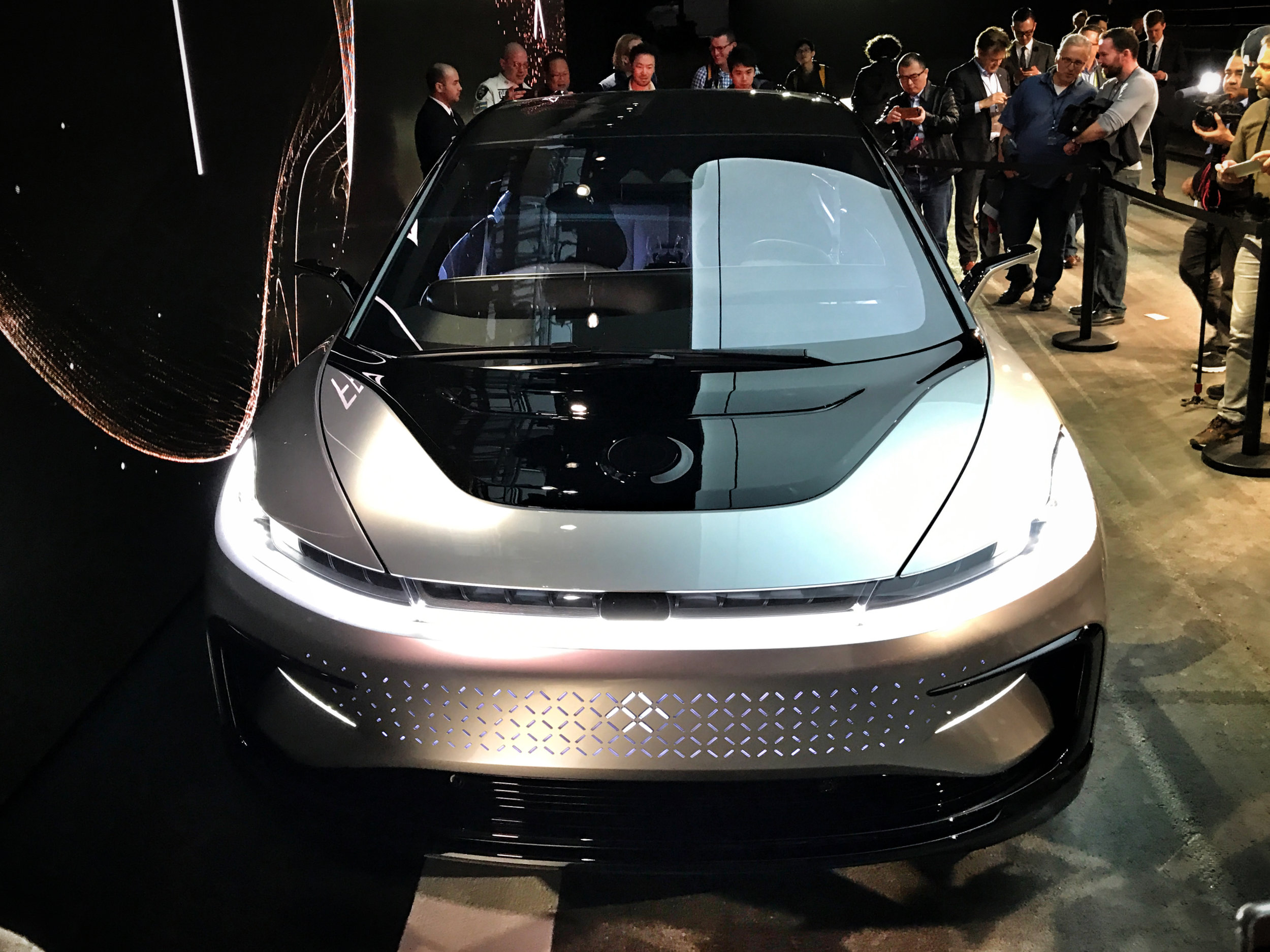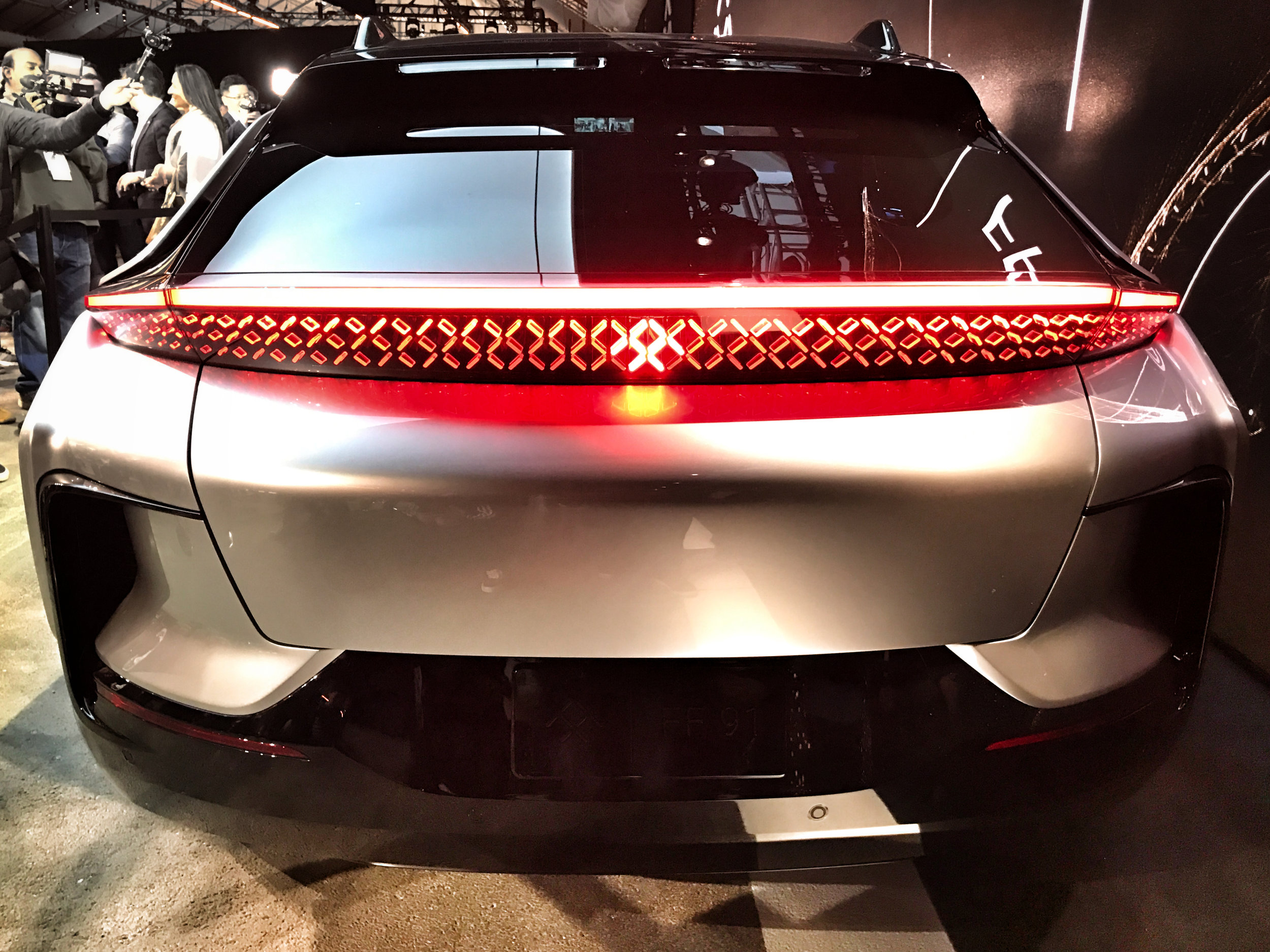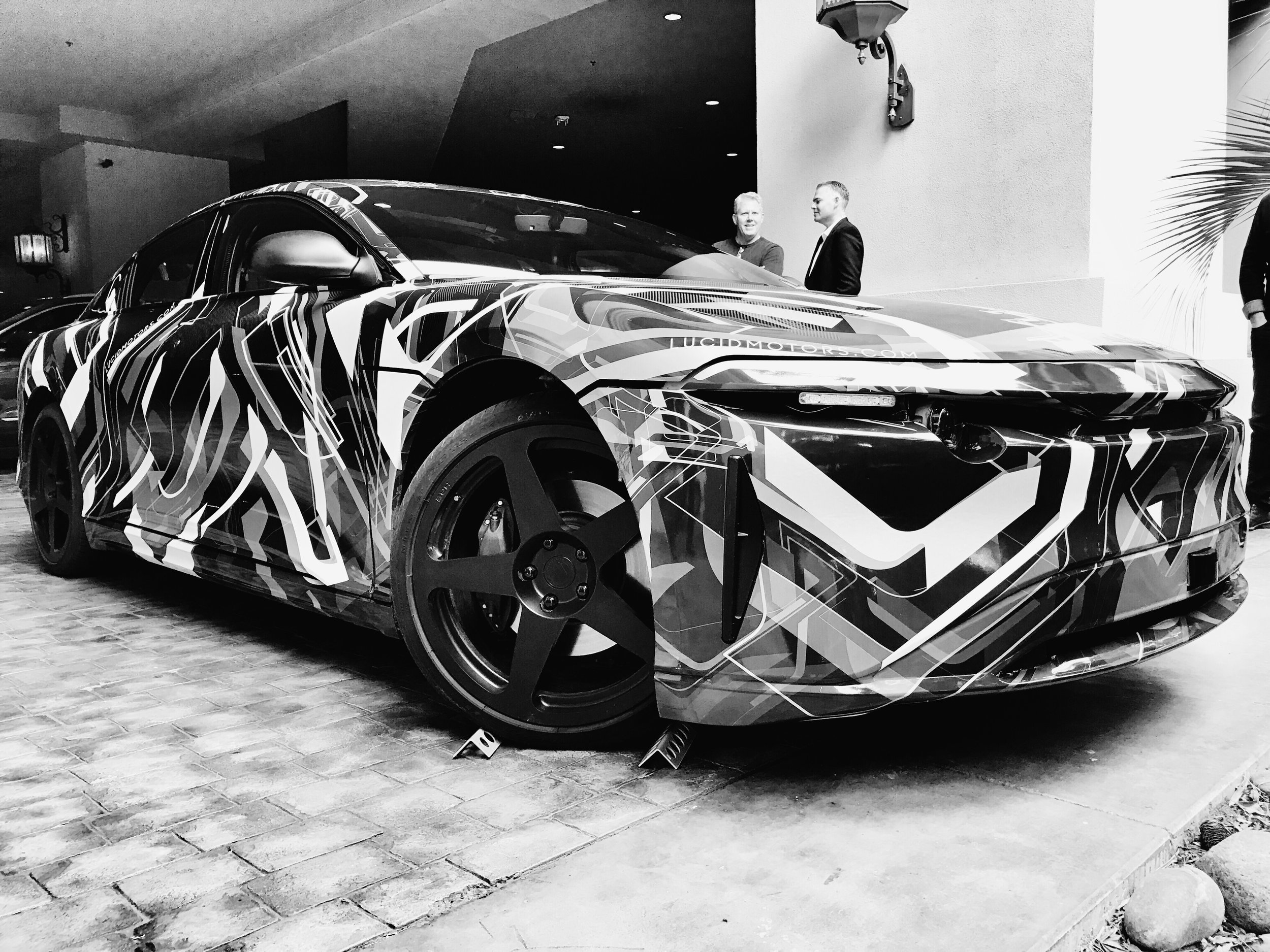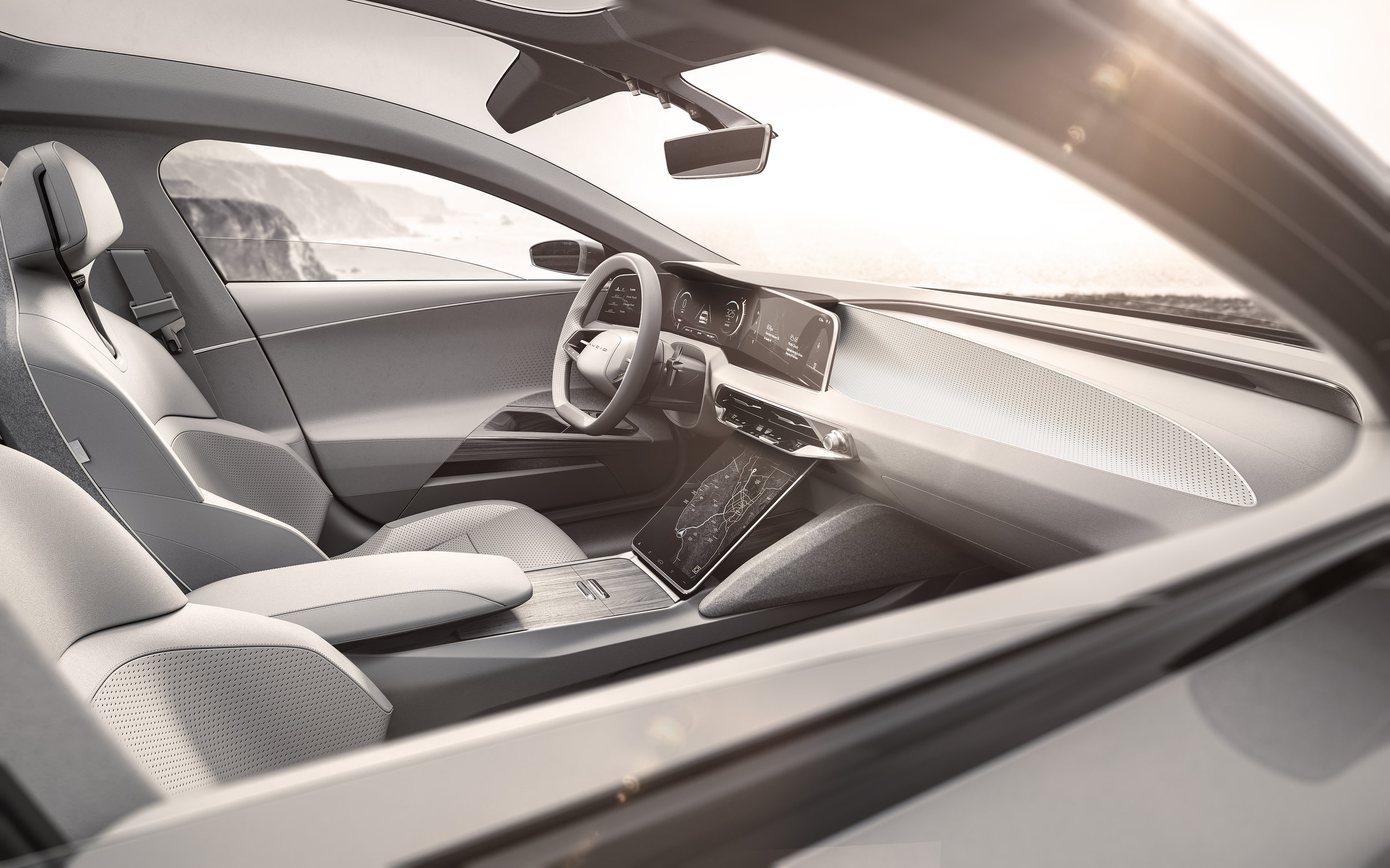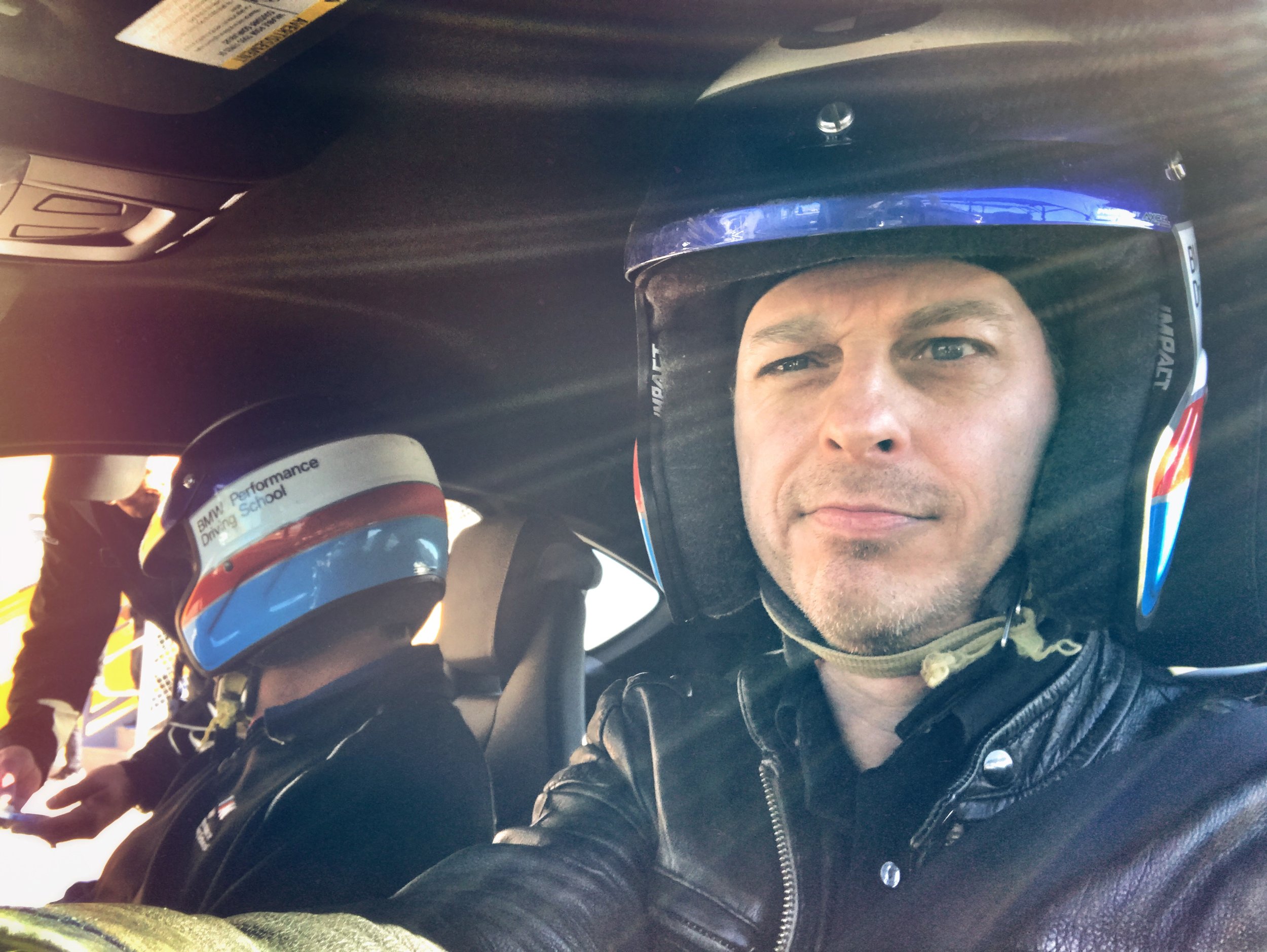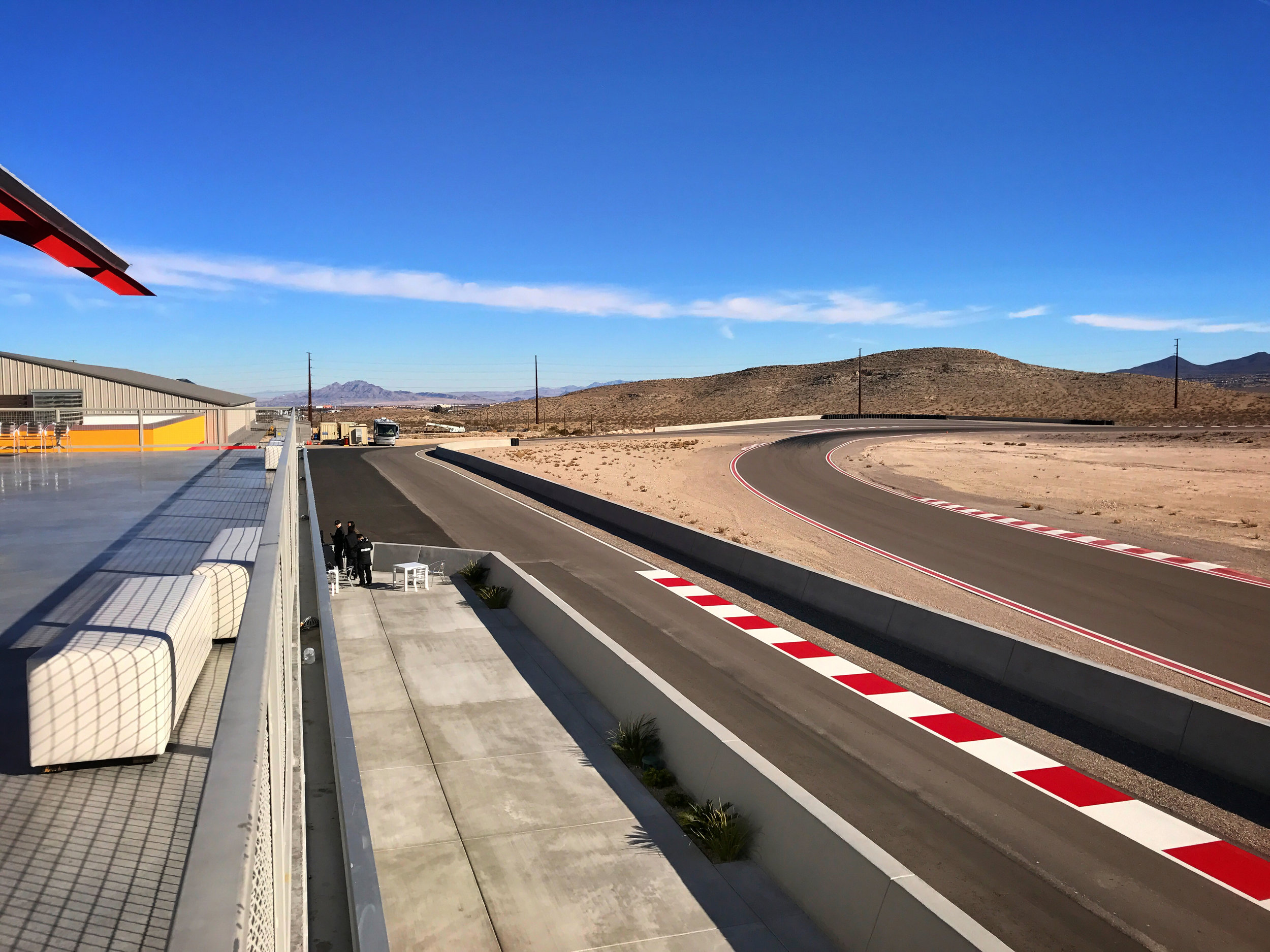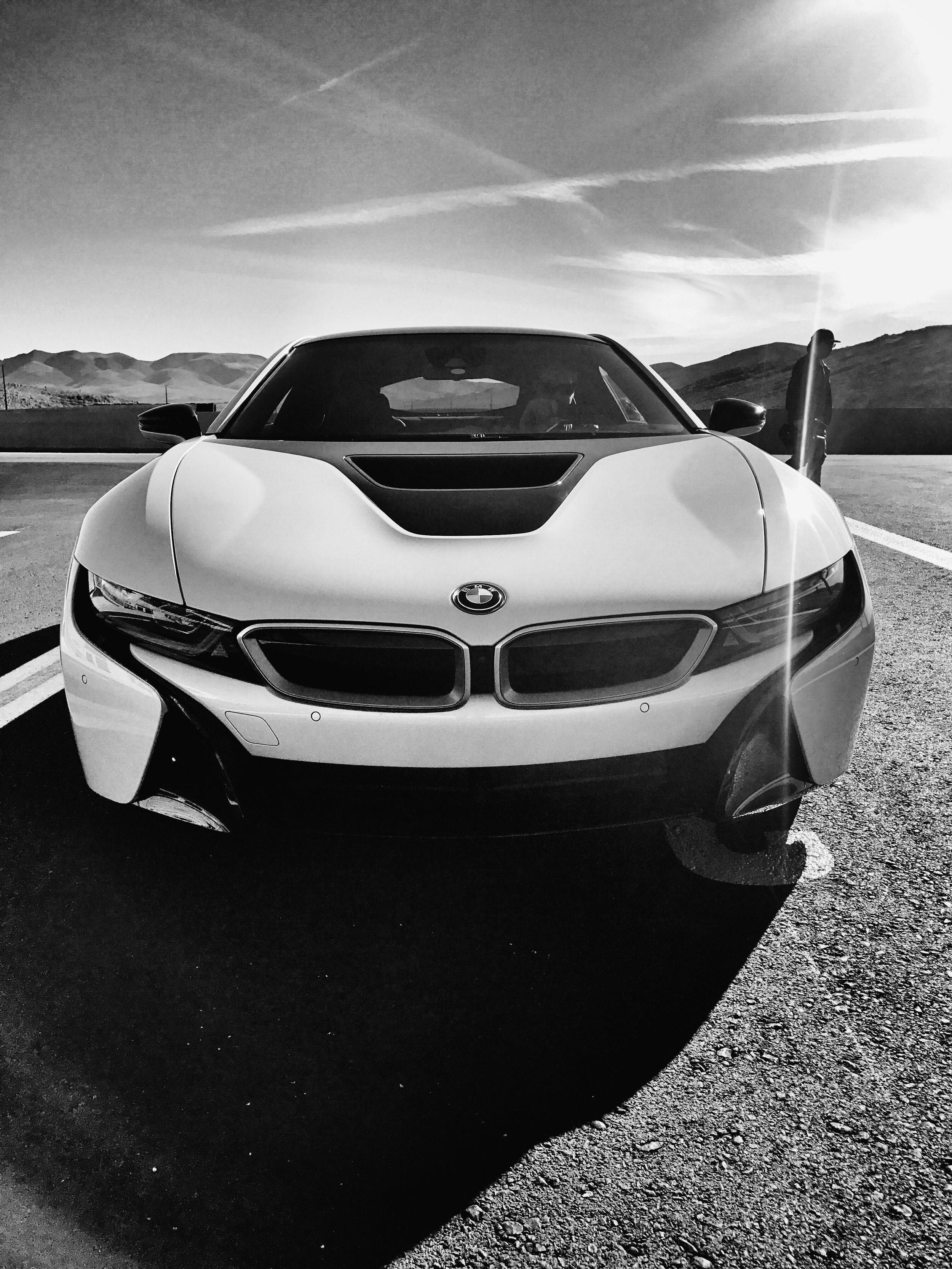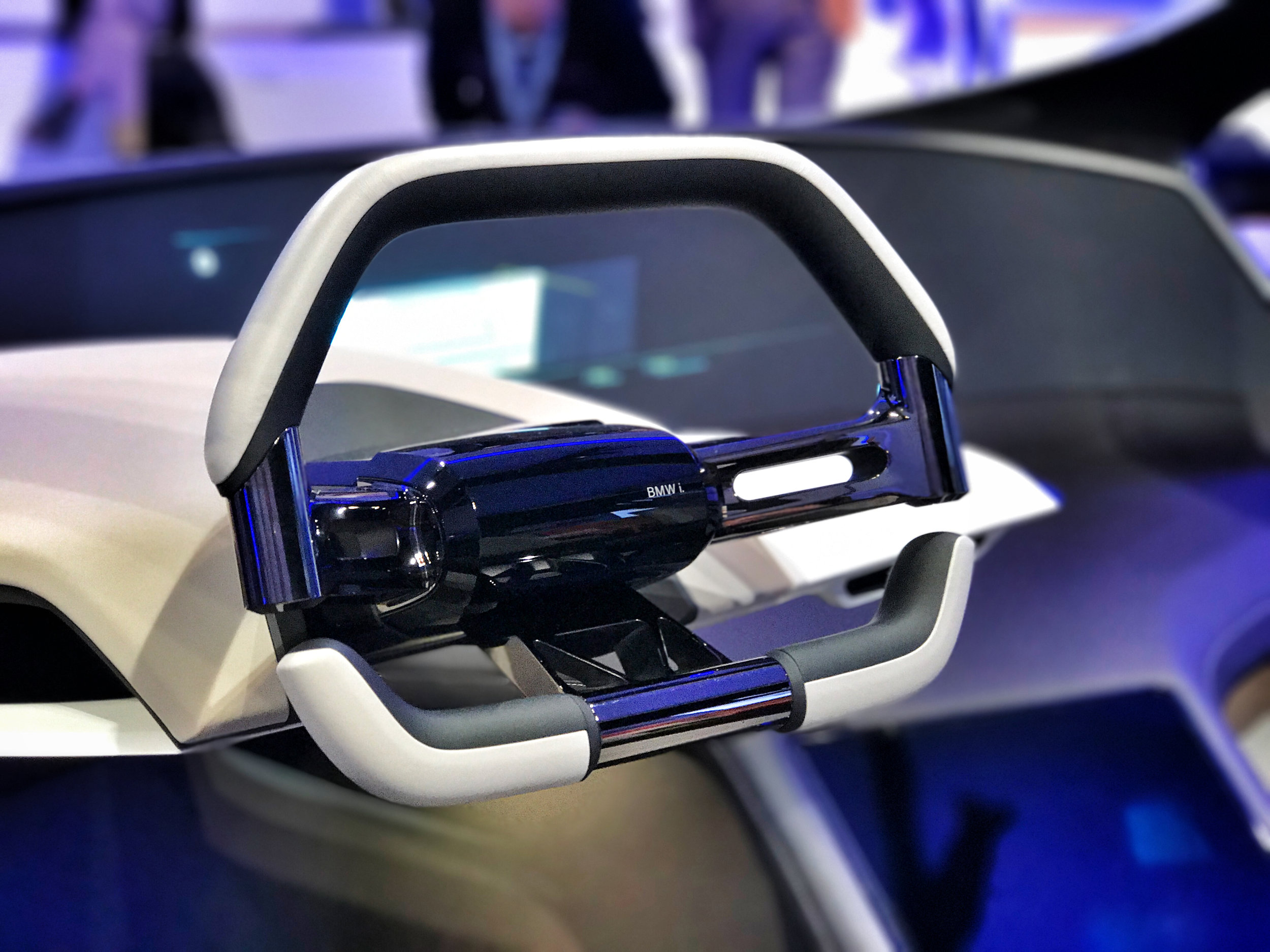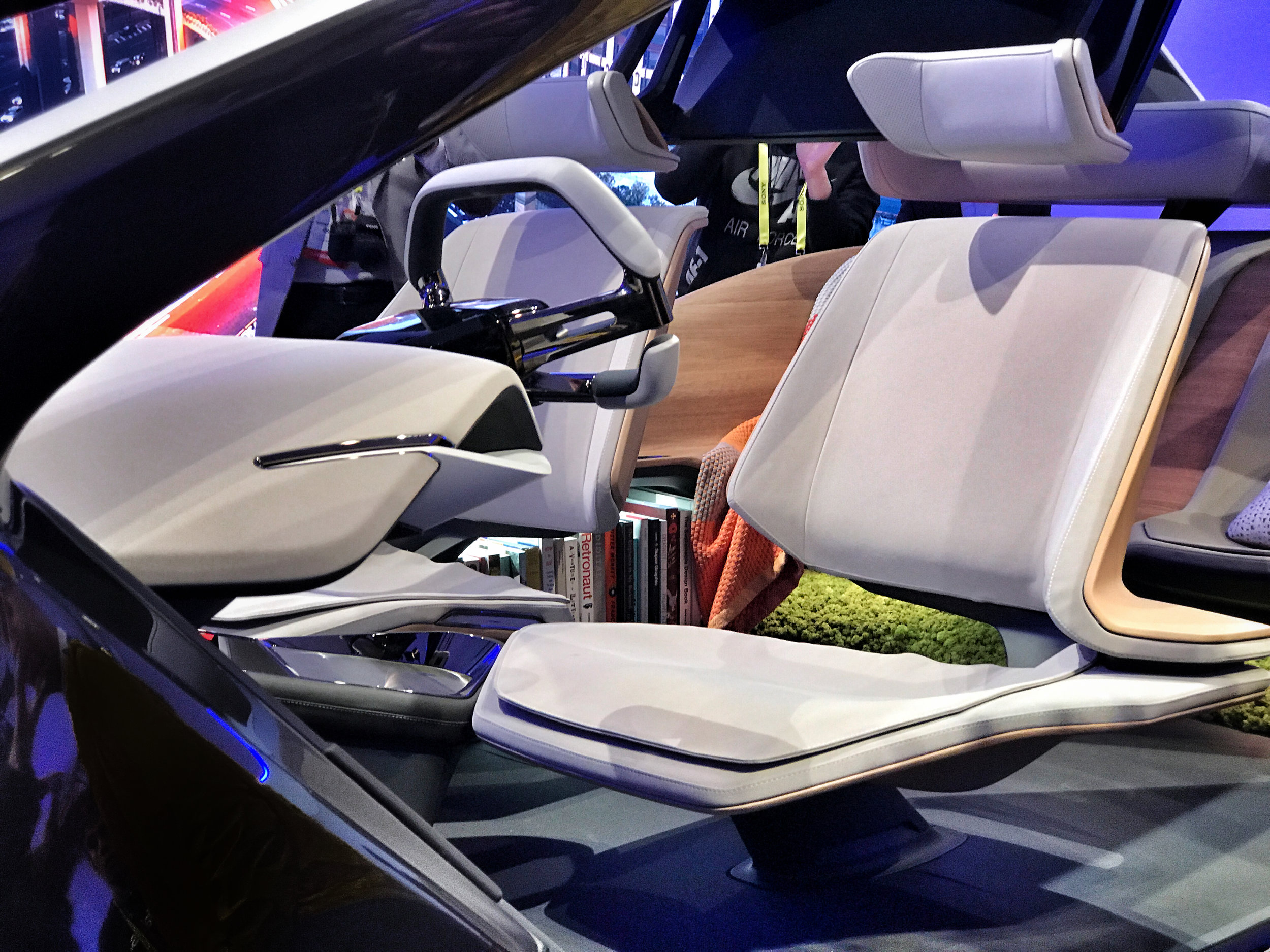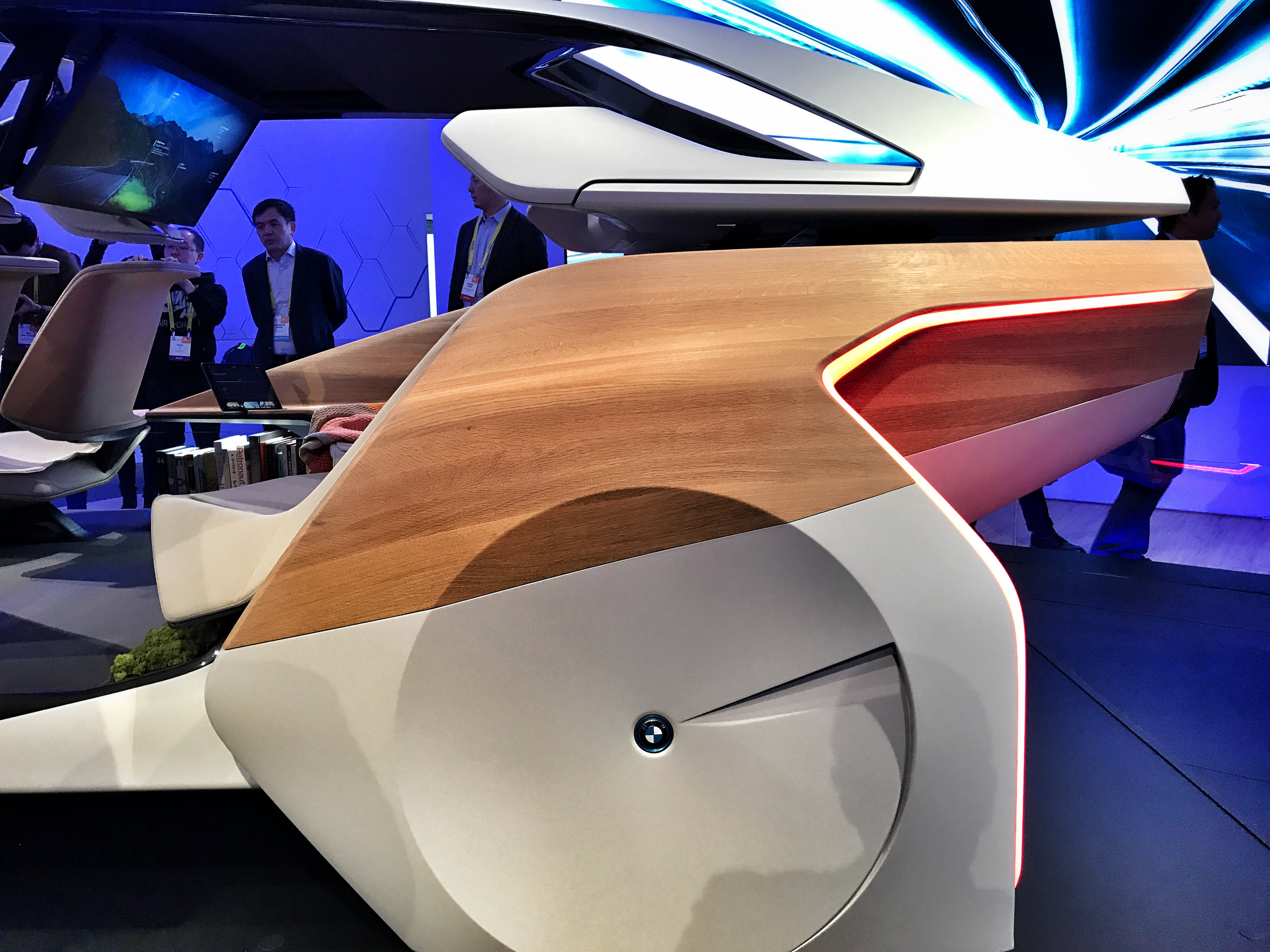What’s the biggest auto show in the world? Geneva, Paris, Frankfurt, Detroit? Nope, with 180,000 attendees spread over 2.5 million sq ft, it’s CES in Las Vegas. Isn’t it full of robots, drones, augmented reality, touch screens and IoT? Yep, and so are the cars.
I’m not about to write a preachy outsider’s view of the automotive future or an insider’s defence of the industry – rather uniquely, I have feet placed firmly in both camps and a tattoo across my skull that reads ‘petrol head’.
OK, the tattoo’s on the inside and I actually like electric propulsion as well as exhaust sniffing. It’s a good job too as the main headlines at CES were all made by cars fuelled from the wall, not the pump.
Faraday Future made a triumphant return to the Nevada stage with their FF 91 at a glitzy live-streamed event. Last year they revealed a concept resembling the Batmobile, twelve months later, it was a far more practical SUV.
For all the glamour, slick branding and live theatre, the focus was on a record attempt – could the new FF 91 beat the Bentley Bentayga, Ferrari 488 GTB and Tesla Model X from 0-60mph? It did, by 0.01sec, hitting the mark in 2.39 sec. I’m not convinced many in the audience bought into the line that someone torn between the Ferrari and the FF 91 would choose the SUV over the supercar based on a straight line dash. Show them both a series of twisting corners and see who emerges at the other end with a smile on their face and who has their half-digested lunch in their lap.
Speaking of smiling faces, that’s exactly what I’d had earlier the same day as I spent quality time with the team from Lucid Motors – another EV startup focused on disrupting the automotive industry. Their forthcoming ‘Air’ also makes a fast dash from 0-60 but the story behind it is one of driving dynamics, rather than straight line bragging rights. Lucid’s CTO Peter Rawlinson, formerly Chief Engineer at Tesla and Lotus, put forward a strong case for his passionate team of 300+ employees and why they’re convinced driving and design appreciation will be just as important as battery range and autonomous tech to the Lucid audience.
Rawlinson believes their battery, developed in partnership with Samsung SDI, is a genuine differentiator in a new world of range anxiety. “It’s not just about distance, but sustained range. The breakthrough cell density is resistant to battery charge depletion usually experienced with repeated fast-charging.” The automotive industry faces many of the issues we already encounter with our personal technology, such as connectivity and mobile phone batteries caught in a recharging memory cycle of decreasing shelf life – not something we’ll tolerate when spending $100,000+ on a luxury car.
VP of Design, Derek Jenkins, former Director of Design at Mazda and VW told me he’d relished the creative challenges when starting with an automotive clean sheet. Sensors for autonomous driving need to be integrated, rather than added to a familiar silhouette and the interior design maximises the space around the electric drivetrain, rather than one inherited from the mechanical components of a traditional combustion engine.
It’s Rawlinson’s engineering appreciation and Jenkins’ design skills that brought the aforementioned smile to my face as we headed out onto the dusty Vegas roads in a development prototype. Peter eagerly hanging the back end out at every opportunity, putting that passion for driving into action!
Lucid now needs to start work on their $700M Arizona factory. This has been previously misreported as a similar model to Faraday Future’s, with funds coming from their own Chinese billionaire – not so, as Rawlinson stressed “this is an American company.” Despite their intentionally understated message, they seem to be heading in the right direction at the right speed as the Air is slated for production in 2019, with first year projections of 8-10k units, rising to 50-60k.
Although Lucid seems to be on track, Faraday’s FF 91 still lacks one important ingredient – money. Vital funds need to be released by Chinese backer, Founder and CEO of LeEco Jia Yueting so work can resume on their Nevada factory. Many keep referring to Faraday Future as the ‘Tesla killer’ as if this is a good thing. It’s not, and Elon Musk has frequently said the industry needs many EV-first players to shake up the competition, not kill it!
So where does this leave everyone else? Ford, Nissan, Toyota, Honda, Hyundai, Mercedes and others had CES concepts to show off their latest vision for the future of vehicle connectivity – inside and out – and how they’ll all drive themselves, but BMW took out the most real estate.
Here I put my cards on the table as I drive a BMW, but it’s a petrol model and I haven’t made the jump to hybrid or electric yet as I’m still addicted to their turbocharged straight six. However, this doesn’t stop the Bavarians from trying to tempt me into an ‘i model’ every year at CES. In 2015, I piloted BMW’s petrol-electric supercar around the streets of Vegas. This year, they drove me to the ‘Speed Vegas’ desert racing circuit in an i3, then let me loose in an i8 around the track!
Compared to Faraday Future and Tesla’s unnatural obsession with straight line speed, this track session was a superb way to demonstrate the benefits of a car that is just as comfortable in the corners as the straights – and that’s a fun vision for the future!
And that future isn’t all about speed and performance. All manufacturers need to connect – with devices, the consumers that use them and the world around us. We already have a reasonable expectation that our phones will talk to our cars and in doing so, will add functionality. When our cars become fully autonomous, the safety restrictions fall away and we’ll demand entertainment, office functionality and more.
More? Well, I spoke at FutureFest in London last year and Cindy Gallop was on stage before me, talking about the statistics for sex in cars. It’s higher in countries where larger families share smaller houses as the car naturally presents an intimate space – but auto manufacturers continually fail to recognise this. Imagine the potential to relieve the boredom of a long autonomous journey with some connected sexy times. Auto brands take note, if the car is rockin’ time to come knockin’.
The very public message from the car companies at CES was “we’re in control”. This is true to a point, but it’s mostly tinged with an air of panic as they all know the future can’t be delivered overnight. Many believe their music and movie-streaming audience will no longer wish to drive or own cars and this is increasingly the message from industry analysts. But this is mostly educated guesswork and the future isn’t predetermined so the automotive business needs to give its customers a reason to love their products, want to drive them (when not having sex) and make them their own.
The only way to do this is to connect to the future audience – the ones who currently have no concept of car ownership and have never even gripped a steering wheel. Don’t neglect existing customers, but enlist their help as they’re the drivers, owners and brand advocates that can help to share the reasons we choose a Union Jack roof for a MINI, spec 20” alloys on an Audi, tick the box for red stitching with black leather on an Alfa, and take a deep breath of ‘new car smell’ when we drive away from a dealership.
I’m a petrol head for life, even if we replace the petrol with a plug socket, the dashboard with an iPhone and the dealership with a VR headset.


